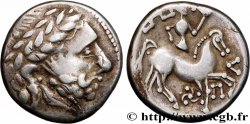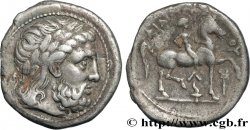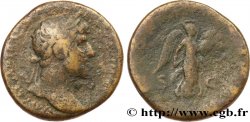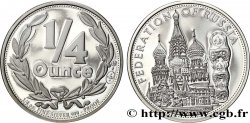MONNAIES 20 (2004)
起拍价 : 250.00 €
估价 : 380.00 €
竞价记录 : 375.00 €
出价数量 : 3
最高出价 : 435.00 €
起拍价 : 250.00 €
估价 : 380.00 €
竞价记录 : 375.00 €
出价数量 : 3
最高出价 : 435.00 €
种类 Tétradrachme “au rameau”
日期: (IIe-Ier siècles avant J.-C.)
材质 silver
直径 26 mm
模子方针 7 h.
重量 13,64 g.
稀少度 R2
关于品相的说明
Monnaie de bon style et portrait de haut relief bien centré avec une jolie patine de médaillier
出版目录中的项代码 :
家谱
Cette monnaie provient de la Vente UBS AG 59 (Union des Banques Suisses), n° 5053
正面
正面的文字 ANÉPIGRAPHE.
正面的说明书 Tête laurée de Zeus à droite. Grènetis.
背面
背面的说明书 Cavalier au pas à droite, tenant une palme de la main droite ; le cheval lève l'antérieur à droite. Entre les jambes du cheval, I et E..
背面铭文 FILIP - POU
评论
Si le statère d’or de Philippe II de Macédoine a servi de prototype à de nombreuses imitations gauloises, le tétradrachme n’a pas été imité en Gaule, mais reste principal sujet d’inspiration des monnaies pour les Celtes du Danube (LT. 9697-9767, 9768-9832, 9618-9630, 9870-9886). Les premières imitations furent frappées dans le premier quart du IIIe siècle avant J.-C. La fabrication des copies serviles, puis des imitations, enfin des frappes celtiques continuèrent pendant plus de deux siècles.
While the gold stater of Philip II of Macedon served as a prototype for many Gallic imitations, the tetradrachm was not imitated in Gaul, but remained the main source of inspiration for coins for the Danube Celts (LT. 9697-9767, 9768-9832, 9618-9630, 9870-9886). The first imitations were struck in the first quarter of the 3rd century BC. The manufacture of servile copies, then imitations, and finally Celtic strikes continued for more than two centuries.
While the gold stater of Philip II of Macedon served as a prototype for many Gallic imitations, the tetradrachm was not imitated in Gaul, but remained the main source of inspiration for coins for the Danube Celts (LT. 9697-9767, 9768-9832, 9618-9630, 9870-9886). The first imitations were struck in the first quarter of the 3rd century BC. The manufacture of servile copies, then imitations, and finally Celtic strikes continued for more than two centuries.







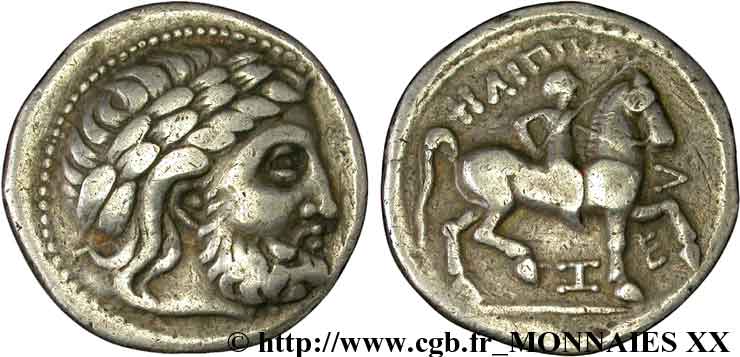
 对产品描述纠错
对产品描述纠错 打印
打印 分享我的选择
分享我的选择 提问
提问 Consign / sell
Consign / sell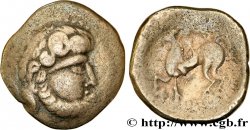
 产品介绍
产品介绍